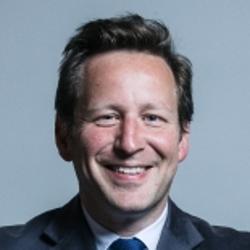Broadband: Rural Areas
(asked on 5th February 2015) - View SourceQuestion to the Department for Digital, Culture, Media & Sport:
To ask the Secretary of State for Culture, Media and Sport, with reference to the Fiftieth Report of Session 2013-14 from the Committee of Public Accounts, the rural broadband programme, HC 834, what steps he has taken to ensure that BT's bid prices for Phase II contracts of the rural broadband programme are reasonable and do not contain excessive contingency; whether he has sought an explanation from BT on the differences between the actual costs of a previous programme and costs included in tender bids; what steps his Department has taken to obtain further information in bid responses on cost drivers, unit costs and reasons for cost variations and assurance from BT about how economies of scale are being passed to the public sector; and whether his Department has carried out external benchmarking of prices in that project to industry standards of a should-cost model.
The Department has used the evidence on costs that it has gained during implementation of phase 1 of the superfast broadband programme to inform the phase 2 tendering process. As set out in the National Audit Office’s memorandum of 28 January, it has agreed a new reference model for phase 2 of the programme with BT which has reduced costs by 13 per cent. The Department has recently carried out a second independent benchmarking review which has investigated BT’s costs for delivery of a sample of cabinets. This has found BT’s costs to be around 20 per cent lower than those of a typical efficient operator. This is in large part a result of BT’s economies of scale and the fact that it has won almost all the contracts to date.

